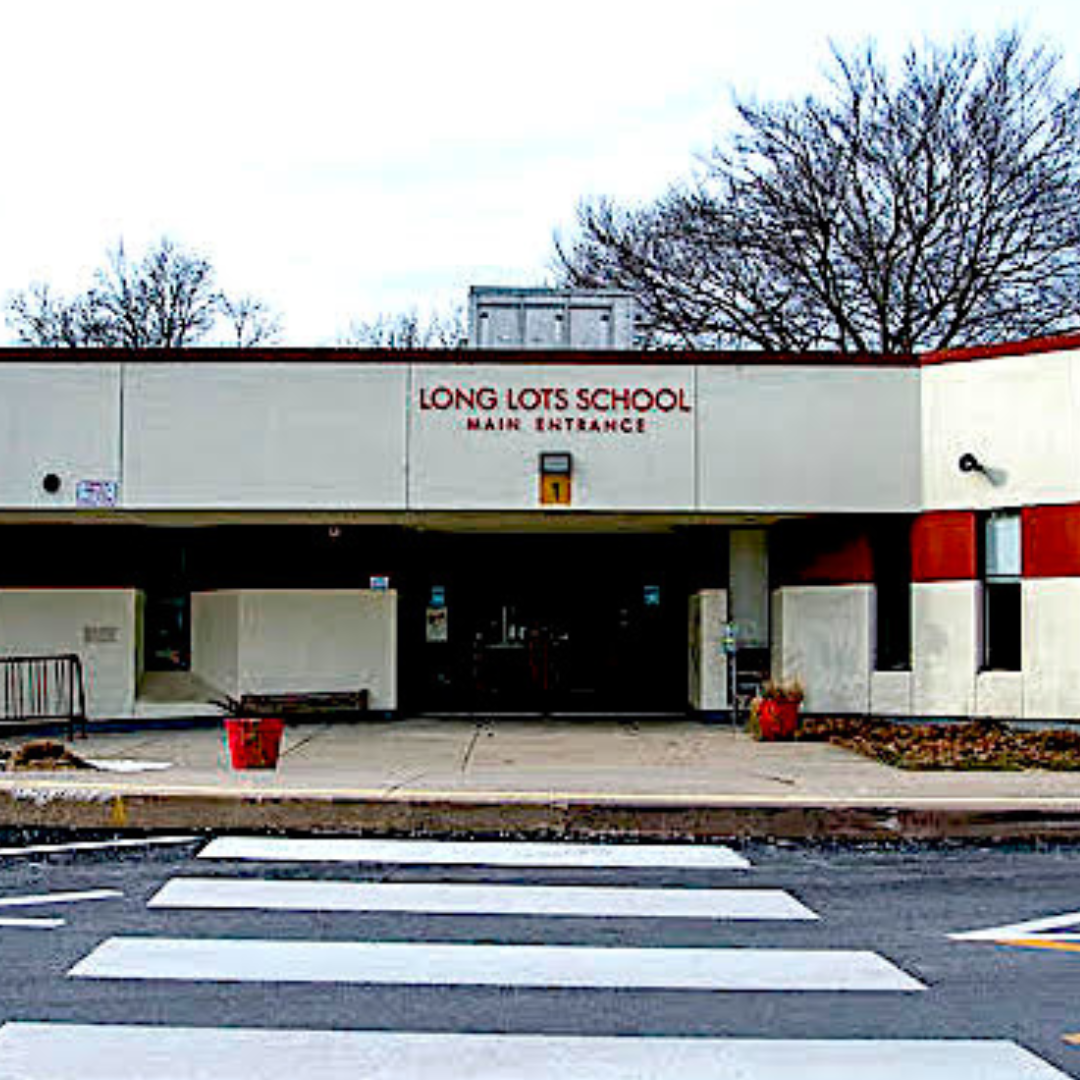NEWS
Why Should Westport Consider Building “Sustainable Schools”

Facing capacity and infrastructure issues, Long Lots Elementary School is currently being considered for renovation, rebuilding, or some combination of both. This fall, the town RTM appointed the Long Lots Building Committee, the group that will work to determine if a new build or renovation is the best course of action and develop the plans and specifications for the new space.
Whether Long Lots Elementary is renovated or rebuilt, the building represents an important opportunity to support and advance the Town’s resolution to become Net Zero by 2050. But why should Westport consider building a “sustainable school”?
Sustainable schools deliver major health, educational, financial, and environmental benefits to students, teachers, and communities. Not only are sustainable schools more efficient, leading to lower operating costs, they also provide learning spaces that significantly improve the wellness and productivity of those in and around the building.
Better ventilation and air quality: A hallmark of sustainable schools is improved ventilation and air quality. Better ventilation will decrease the spread of illness and diminish the effects of asthma, allergies, and other respiratory problems. Put simply, cleaner air will result in healthier spaces with fewer absences for students and educators. With proper ventilation, air quality improves, which results in higher student productivity. High amounts of COz slows cognitive functioning, lowering both memory and concentration levels.
Increased access to daylight: Sustainable schools are designed in a way that provides access to natural sunlight in as many spaces as possible, reducing the need for artificial light. Allowing sunlight to permeate deep into interior spaces provides numerous health benefits, including improved emotional well-being and sleep. In addition to mental and physical benefits, studies have also shown that daylight increases students’ test scores: students in classrooms with windows perform 20% faster on math tests and 26% faster on reading tests than students in windowless classrooms. Not to mention, increased daylight also reduces the reliance on artificial lighting, which decreases overall energy costs.
Lower operating costs: America’s K-12 schools currently spend $12.5 billion per year on energy costs. In Westport, the district budgeted over $3.2 million dollars for electricity, natural gas, and heating oil this school year. Pursuing net zero construction not only reduces building emissions and improves climate resilience, it also saves districts money that can then be used to re-invest in additional infrastructure updates. Compared to traditional school buildings, sustainable schools cost less than 2% more to build but use 33% less energy and 32% less water. The nation’s first net zero school opened in 2010. In its first 8 years of operation, the school saved $11.5 million.
Educational Opportunity: Sustainable schools provide a unique opportunity for students and the larger community to develop a deep connection and understanding of environmentalism and sustainability. Exposure to and education about the benefits of net zero buildings will help change mindsets leading to increased awareness and public support. Research shows that one year of climate change education can have a meaningful impact on a lifetime of emissions.
Environmental Impact: With less reliance on fossil fuels (high-performance) or no reliance on fossil fuels (net zero), sustainable schools release less pollution and greenhouse gasses while also using less energy and water. These schools are carefully designed to utilize renewable energy sources and passive systems like daylighting and natural ventilation to reduce overall energy load. As a result, sustainable schools leave a microscopic carbon footprint, while also contributing to the health and well-being of their communities.
With the rebuild or renovation of Long Lots Elementary School on the horizon, we hope to champion the development of Westport’s own net zero school for the health of our community and to advance the Town’s resolution to become net zero by 2050.
How can you help support the development of sustainable schools in Westport?
Contact your RTM and the Westport Board of Education to let them know that you support the Town of Westport investing in net zero infrastructure, including schools and other public buildings. Also, keep apprised of the Long Lots Elementary School Building Committee meetings; join when you can and be sure to make your voice heard! To sign up for email alerts when meetings are announced, please click here, then add your email address under “Subscribe to Meet & News Updates.” Next, under “Calendar” select “Long Lots School Building Committee.”